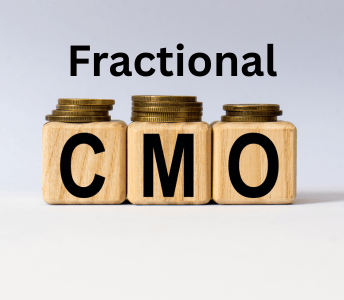
When results matter and resources are limited, understanding which marketing efforts actually drive growth becomes a top priority. That’s where marketing attribution comes in. Visit rajeev ratra
As a fractional CMO, you’re expected to make smart calls fast. Attribution helps you do just that—by showing which channels or actions lead to results.
But it doesn’t have to be complex. Here’s a simple framework to help you get started.
Step 1: Know What You’re Measuring
Start by asking: what counts as a “result” for the business right now?
Is it:
-
More demos?
-
Paid signups?
-
App installs?
-
Product purchases?
Be clear. Attribution only works if the outcome is defined. And that outcome should tie directly to revenue—or a clear step toward it.
Step 2: Map the Journey
List all the main ways people come into contact with the brand. These might include:
-
Organic search
-
Paid ads
-
LinkedIn or other socials
-
Cold outreach
-
Referrals
-
Webinars or events
-
Email sequences
Note: People often touch multiple channels before converting. That’s what makes attribution tricky—but not impossible.
Step 3: Choose an Attribution Model
There’s no perfect model, but here are three easy ones to start with:
1. First-touch: Credit goes to the first channel that brought someone in. Great for tracking awareness.
2. Last-touch: Credit goes to the last interaction before a conversion. Helpful for bottom-of-funnel campaigns.
3. Linear: Split credit evenly across all touches. Simple and fair, but not always realistic.
You can use more advanced models later, but these three are enough to start seeing patterns.
Step 4: Use What You Have
You don’t need expensive tools right away. Start with:
-
Google Analytics (to track source/medium)
-
CRM data (to match leads with campaigns)
-
UTM links (to tag content and ads)
-
Spreadsheets (to piece it all together)
Tools like HubSpot, Triple Whale, or Ruler Analytics can help down the line. But early on, simple tracking is better than none.
Step 5: Share Insights—Not Just Data
Once you’ve gathered enough data (even just 30–60 days), look for signals:
-
Which blog posts lead to demo requests?
-
Are people converting from organic or paid?
-
Are LinkedIn leads staying in the funnel?
Turn those signals into clear insights and suggestions. This is where you prove your value.
Final Thought
Attribution isn’t about finding exactly what works—it’s about making smarter decisions based on real input. As a fractional CMO, you can’t afford to guess. This simple framework gives you just enough structure to focus time, money, and effort where it counts.
Track what matters. Drop what doesn’t. And always tie the insight back to the business goal.